NodeMCU ESP8266 Expansion Base Board
₵150.00
In StockThis NodeMCU ESP8266 Expansion Base Board is an expansion board designed to work with the NodeMCU V3 ESP8266 ESP-12E. Powered by 6V to 24V DC input, it provides the support power to operate the NodeMCU V3 and offers easy connection to all of its input and output pins to help you connect your NodeMCU board to other devices.
Features:
7 in stock
Description
Features:
- Barrel Input Connector for DC Voltage Input for AC/DC Adapters (6-24VDC)
- All NodeMCU Lolin V3 pinouts are brought on headers
- Multiple Header pins for ease of connectivity with other external devices
- On-Board Switch-mode 5V regulator
- Power Supply Headers for :
- VIN
- +5V
- 3.3V
- USB VCC / VUSB
- Antenna Mark for Correct orientation of the NodeMCU module insertion
- On board LED indicator
Technical Specifications:
- Input Voltage: 6V – 24V DC
- PCB Thickness: 1.6mm
- NodeMCU Pin Distance between sides: ~28.0mm
- Pin Pitch: 2.54mm (0.1in)
- Board Dimensions: 60.0mm x 60.0mm x 15.0mm (L x W x H)
- Weight: 22.5 g
Related products
-
Power Bank Circuit with LCD Display Dual USB 5V 2.1A 1A module for creating a power bank for one Li-ion battery 1S (3.7 V) with LCD. It supports dual-USB technology, which allows you to connect two gadgets to USB ports at once and charge them at the same time.
₵100.00 -
Independent soil moisture sensor with built-in buzzer that gives a warning when the humidity is low.
The sensor distinguishes itself from other soil moisture sensors by the capacitive measurement instead of a resistance measurement. This makes the sensor a lot more corrosion-resistant and therefore lasts longer.
Specifications:
- Input voltage: 3VDC via a CR2032 button-cell battery (Note: the battery is not included, but is sold separately)
- Size: 140x15mm
₵50.00 -
The High-Quality Adjustable Temperature Straight Plug Soldering Iron (60W) serves as an invaluable tool within the electronics industry. This device enables users to perform soldering tasks with adjustable temperature settings ranging from 100°C to 450°C, achieved through a precision control knob. It is equipped with interchangeable, iron-plated tips, rendering it highly versatile for both electronic and electrical applications. The soldering station is designed to provide an efficient and user-friendly experience, ensuring optimal performance for a variety of soldering needs.
₵50.00 -
- High-Quality Motor Driver: The HANPOSE HPD970 Motor Driver Board is a high-quality product designed for 3D printer enthusiasts and professionals, ensuring reliable automation control and precise motor operation.
- Wide Voltage Compatibility: This motor driver board operates within a wide voltage range of 24-110VDC, catering to various user preferences, including the user’s input of a specific voltage requirement.
- Certified and Reliable: The product is certified with 3C, ensuring compliance with industry standards and guaranteeing a safe and efficient operation.
- Compatibility with Nema 23 Stepper Motors: The HANPOSE HPD970 Motor Driver Board is specifically designed for use with Nema 23 stepper motors, making it an ideal choice for users working with this type of motor, such as the user who requires a driver for their Nema 23 stepper motor.
₵175.00 -
Number of Batteries 3 LR44 batteries required. Control Method Touch Noise Level 120 dB Mounting Type Window Mount Sensor Technology Contact Sensor Manufacturer Rmweify Part Number WT8 Item Weight 9.9 ounces Product Dimensions 3.15 x 1.97 x 1.97 inches Country of Origin China Item model number WT8 Batteries 3 LR44 batteries required. Included Components Batteries Batteries Included? No Batteries Required? No Description Pile Alkaline ₵45.00 -
Solar panels are a clean and ecological source of electricity. Obtaining this energy, however, poses several challenges for device designers. The amount of energy produced by the panel is strongly dependent on the angle of incidence and the intensity of the light falling on the surface of the cells. This, in turn, leads to unstable power supply parameters at the output, as even shading a small part of the panel may drastically reduce the efficiency
The optimal solution to the above-mentioned problems is the use of a set consisting of a solar panel, a battery and a charge controller. Such a set allows to ensure constant parameters of power supply to receivers and also to store energy produced excessively for later use
The SCC-30A-PWM-LCD solar charge controller allows you to connect panels both in series and in parallel – remembering not to exceed the permissible values of current and voltage at the input of the device. Due to the operating characteristics of the PWM controllers, it should be remembered that when the panels are connected in series, the rated voltage at the output for charging the battery is 24V.
₵90.00
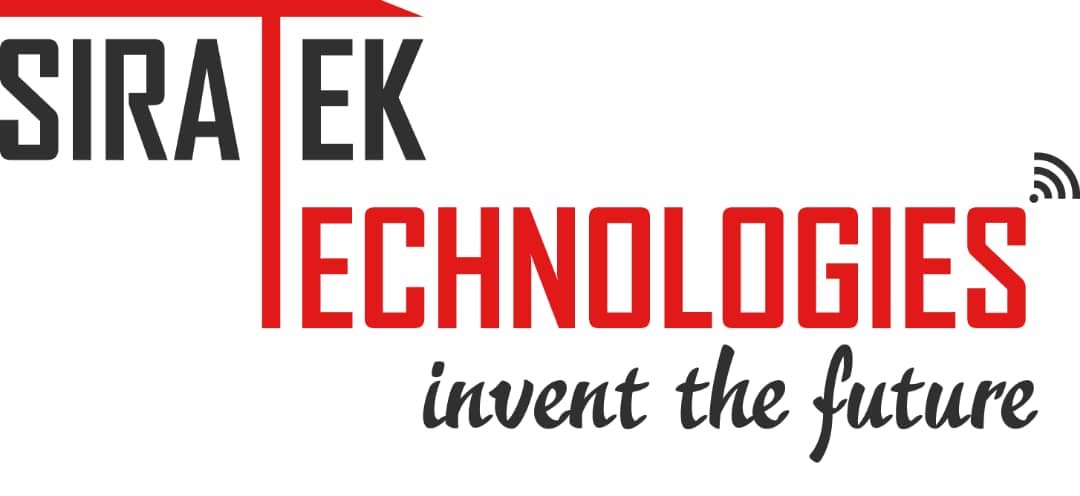
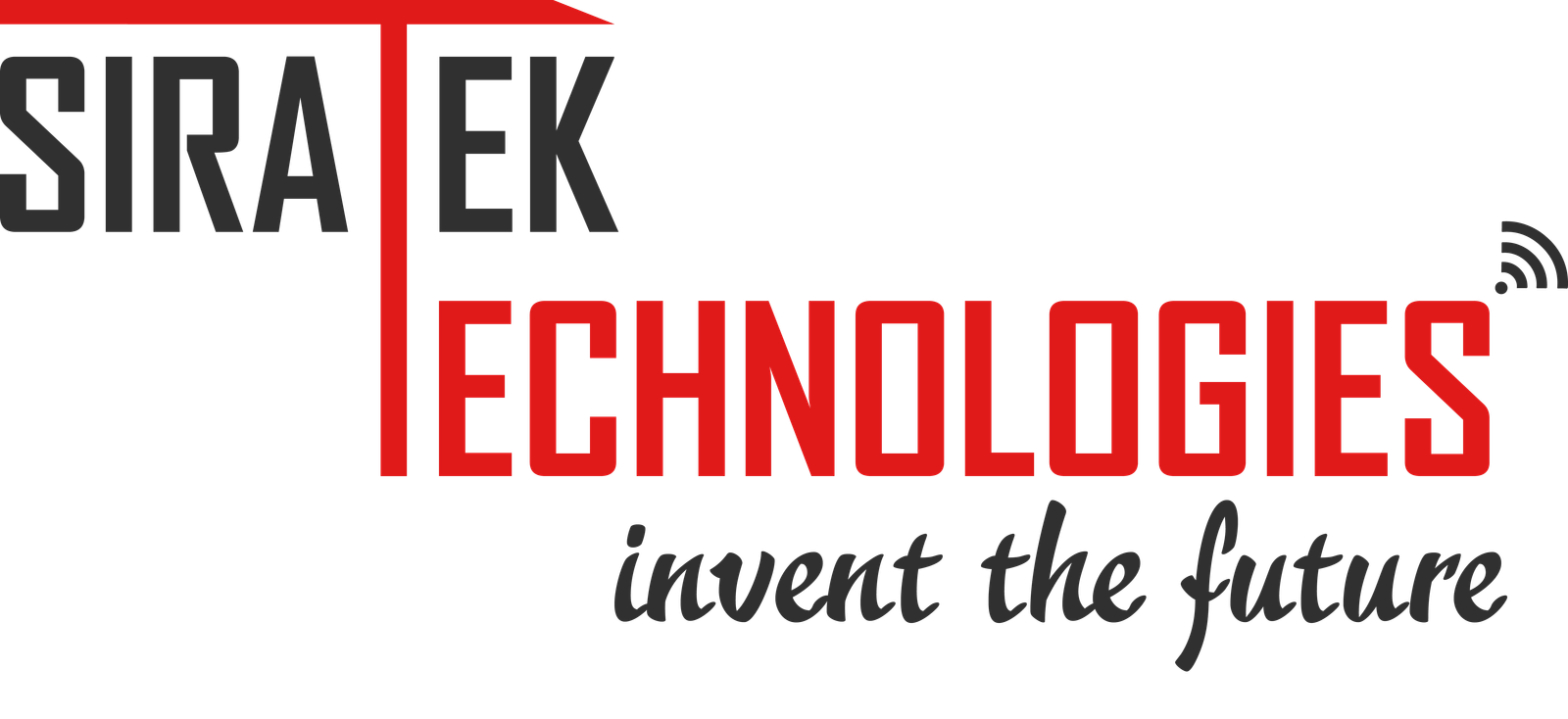



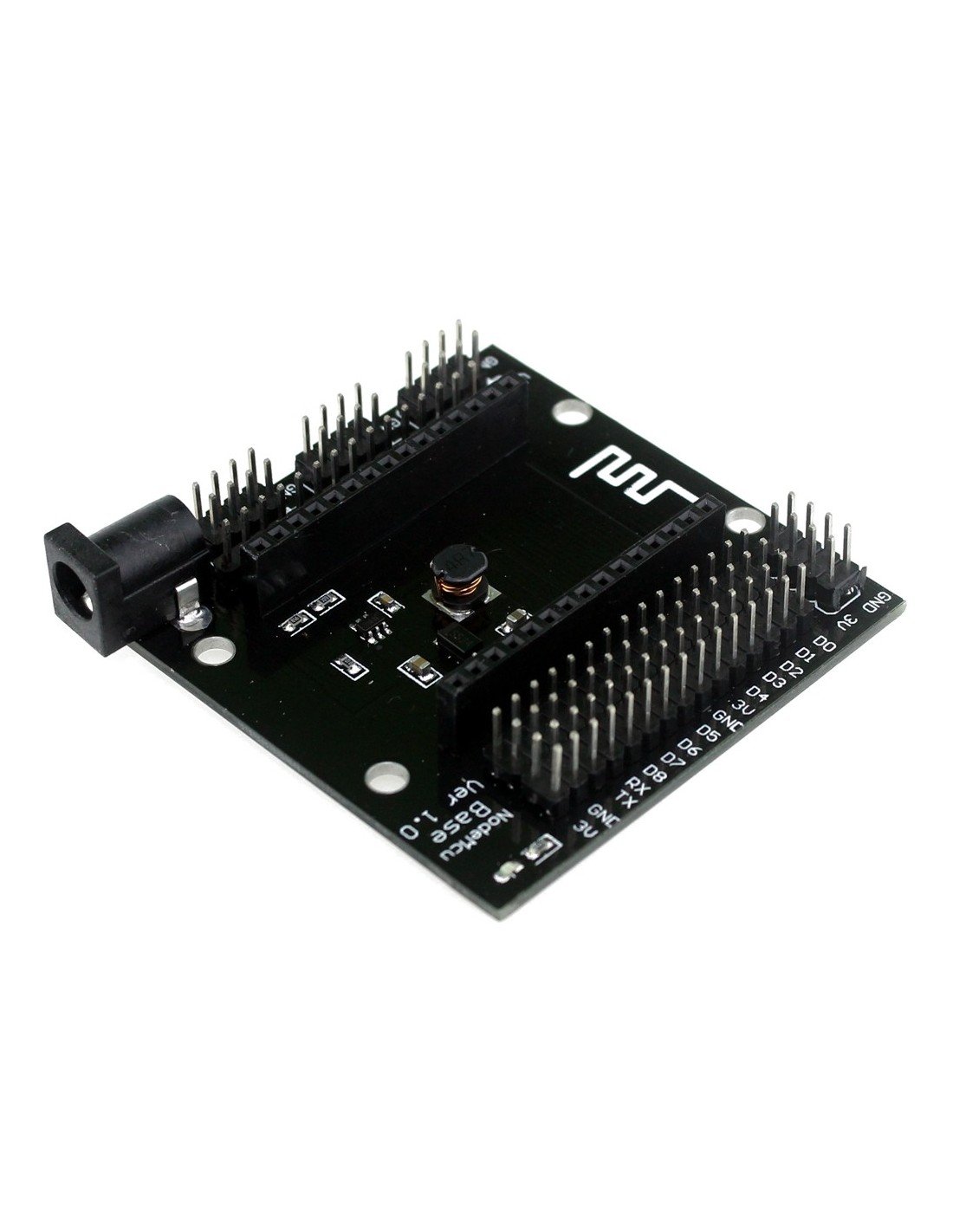



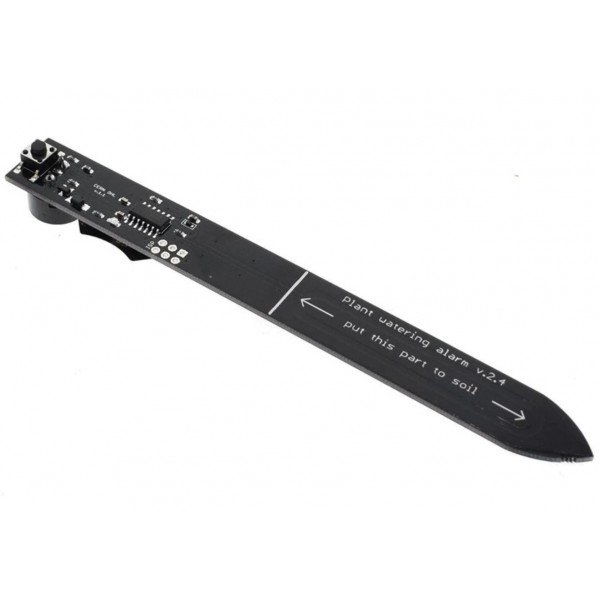
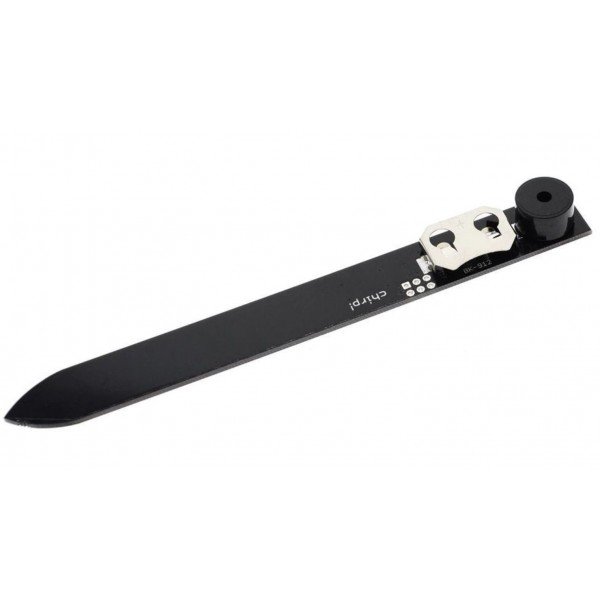
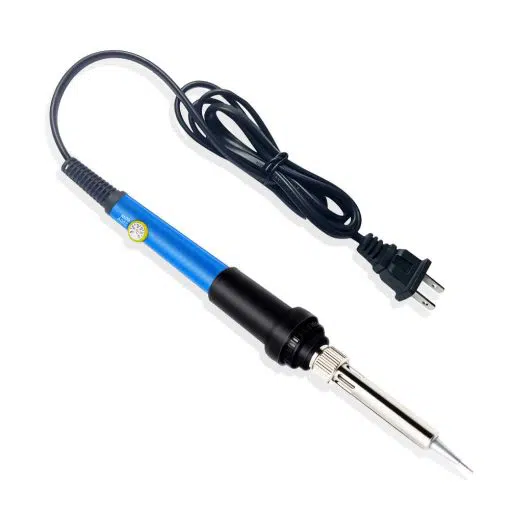
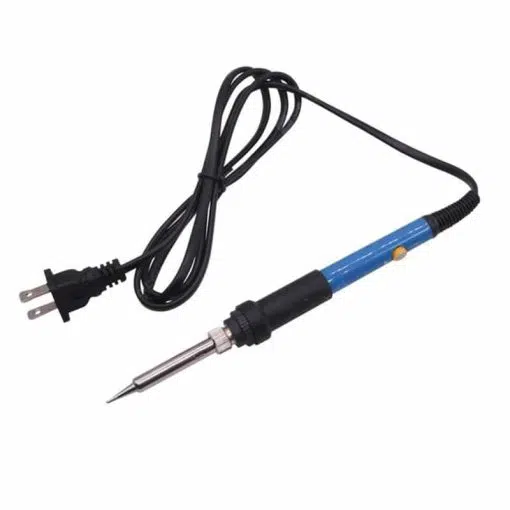

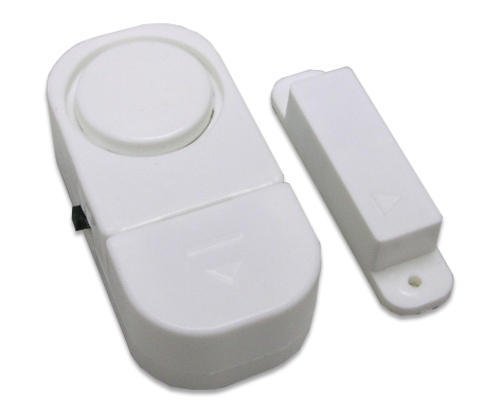


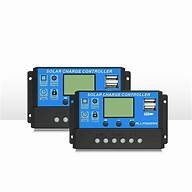

Reviews
There are no reviews yet.